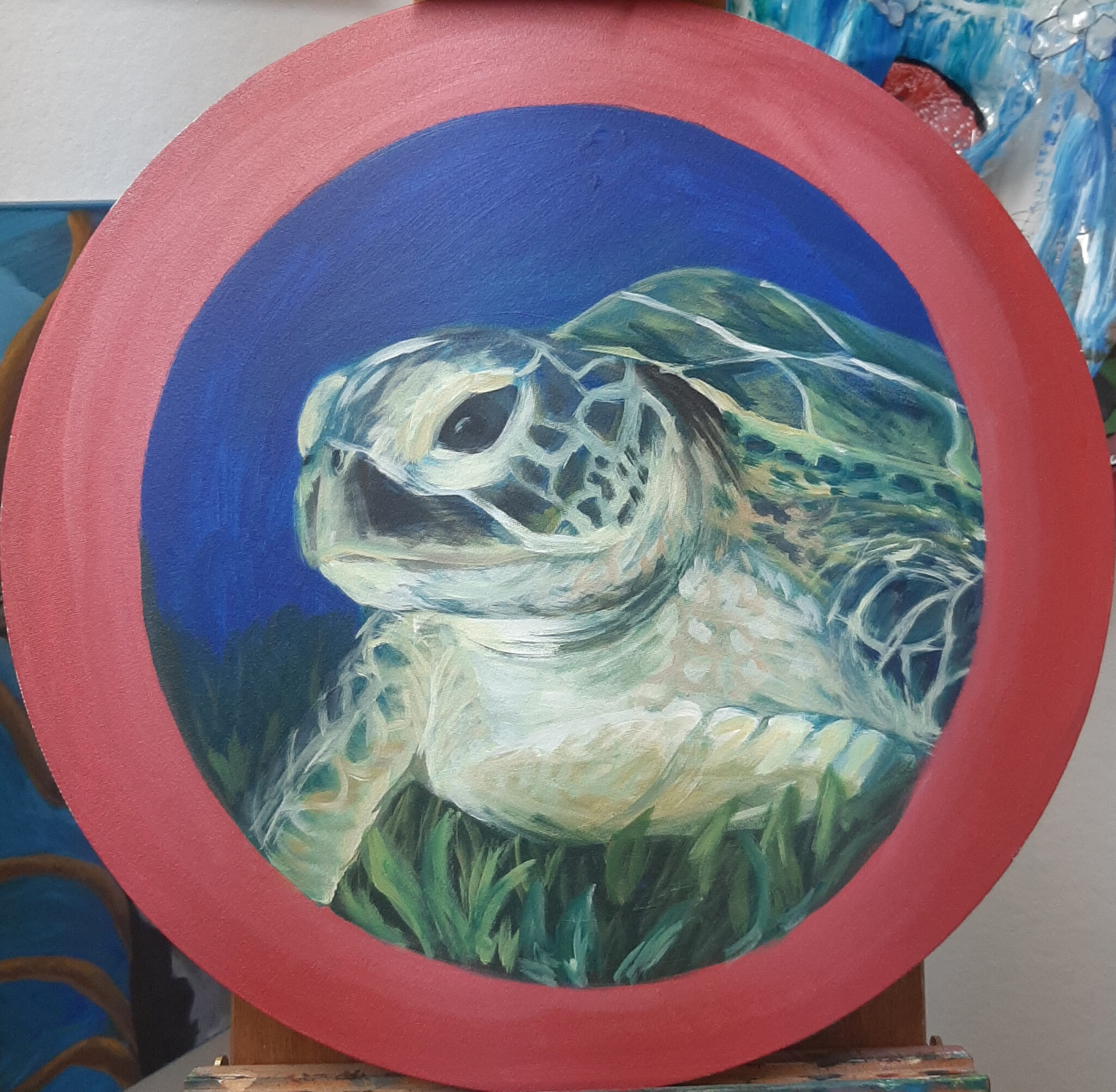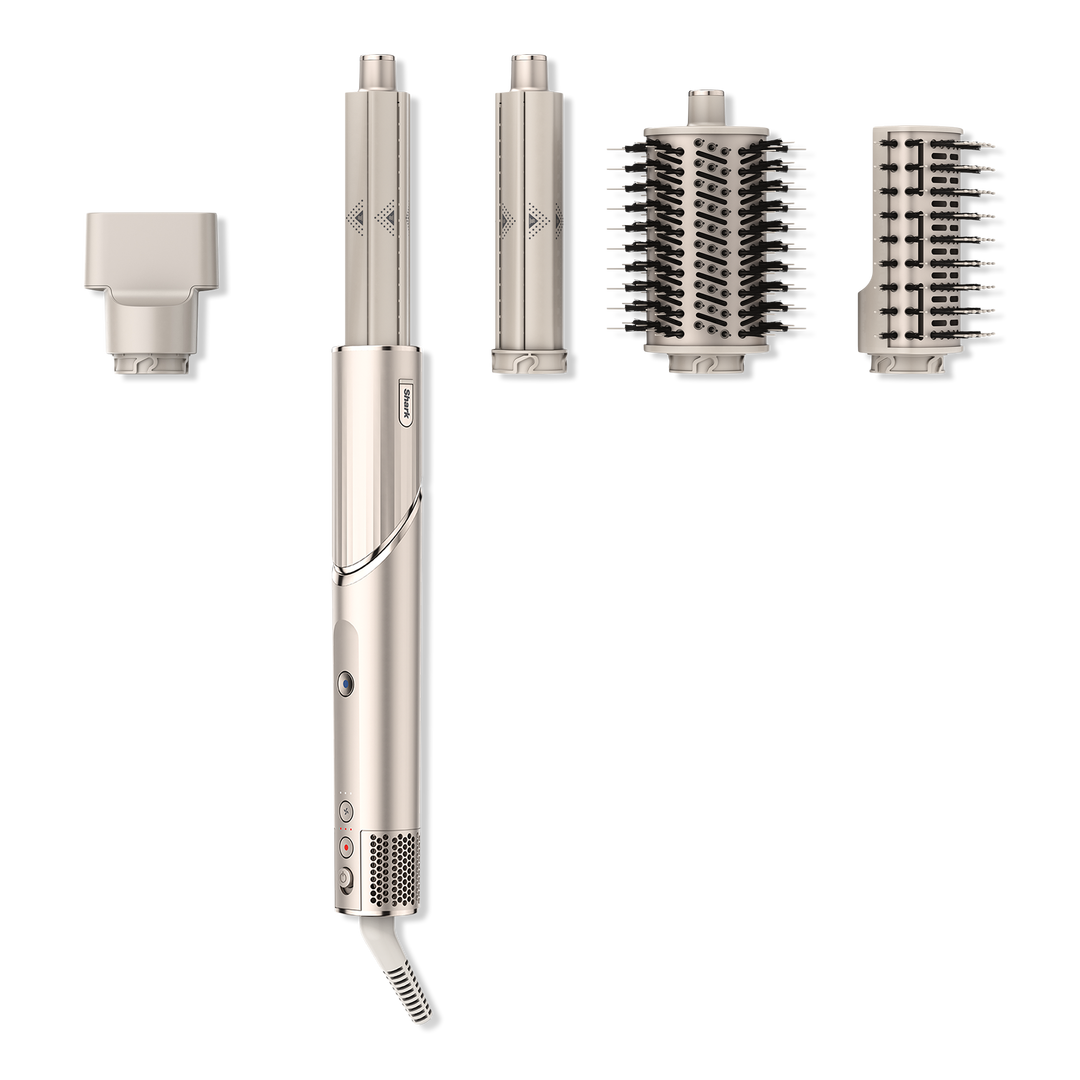Optimal Care For Your ASA Filament - Drying ASA Tips
When you are working with 3D printing materials, getting things just right can make a huge difference in what you create. It's really about giving your materials the kind of attention they need to perform their very best. ASA, a popular choice for many projects, is one of those materials that, you know, truly benefits from a bit of special care, especially when it comes to keeping it free from dampness. This kind of plastic string, much like a few others, has a real tendency to soak up water from the air around it, which can cause some real headaches if you're not careful.
You see, when ASA takes on too much wetness, it can cause all sorts of little issues with your printed objects. Things might not stick together as well as they should, or the finished piece could end up being rather fragile and break easily. This happens because the water changes the material's properties, making it less predictable and, in a way, less cooperative during the printing process. So, while it might seem like a small detail, managing the moisture in your ASA can actually save you a lot of frustration and wasted material in the long run.
Luckily, there are some pretty straightforward ways to make sure your ASA plastic string stays in top shape. Just a little effort in preparing and storing your material can lead to much smoother printing experiences and, obviously, much better looking results. We'll walk through some simple steps and clever ideas to help you keep your ASA ready for action, ensuring your projects come out exactly as you hope, every single time. It's about making sure your materials are happy, so your prints can be too, really.
Table of Contents
- Getting Started with Drying ASA
- Why Does Drying ASA Matter So Much?
- What's the Right Temperature for Drying ASA?
- Different Ways to Dry Your ASA
- Can I Use My Oven for Drying ASA?
- Keeping Your ASA Dry After the Process
- What About Other Filaments and Drying?
- A Few Extra Thoughts on Drying ASA
Getting Started with Drying ASA
When you first get your ASA plastic string, or if it has been sitting around for a bit, it's a good idea to consider giving it a proper dry. This step, while sometimes seen as something you can skip, is actually a really strong suggestion for getting good looking prints. It helps stop things like layers not sticking together well or your finished pieces being prone to breaking into bits. You know, just a little bit of dampness can cause a surprising amount of trouble, so getting rid of that wetness is a big win for your printing efforts.
Some types of plastic string, like PETG, TPU, and ASA, are especially prone to picking up wetness from the air. So, if you've opened a new spool or it's been a while since you last used one, giving it a good dry before you start printing is a pretty smart move. It's kind of like making sure your paint is stirred properly before you use it; it just helps everything work as it should. This simple step can honestly make a world of difference in the quality and strength of your printed parts, so it's worth the little bit of time it takes.
Why Does Drying ASA Matter So Much?
You might wonder why all this fuss about drying plastic string, especially when it comes to ASA. Well, as a matter of fact, ASA is what we call "hygroscopic," which simply means it loves to soak up water from the air around it. Think of it like a sponge, just sitting there, ready to drink up any dampness it can find. This characteristic is shared with many other common 3D printing plastic strings, like ABS, PETG, or nylon, too. When these materials get wet, it can really mess with how they perform during printing.
- Vanessa Williams Naked
- Nude Photos Of Wife
- Megan The Stallion Birthday
- Janelle No 5
- Laugh Out Loud Television Show
When ASA, or any similar plastic string, has absorbed too much water, it can lead to some pretty frustrating issues. You might see your printed layers not sticking to each other as they should, creating weak spots or even causing your print to fall apart. Another common problem is that the finished object might end up being very brittle, meaning it breaks easily even with just a little pressure. So, to keep your prints strong and looking good, making sure your ASA is free of dampness is, you know, absolutely key.
What's the Right Temperature for Drying ASA?
Getting the warmth level just right for drying ASA is a bit like baking; you need the correct heat for the best outcome. Generally speaking, a good temperature to aim for is around 65 degrees Celsius. However, if your drying setup can't quite hit that suggested warmth level, you can usually make up for it by simply leaving the plastic string to dry for a longer period. A simple rule of thumb here is to double the drying time for every 5 degrees Celsius your setup is below the ideal warmth. So, if you're a bit cooler, you just let it sit there for longer, which is pretty straightforward.
Some sources, in fact, suggest a slightly higher warmth for ASA, perhaps in the range of 80 to 85 degrees Celsius. For instance, if you're using a specific heated print surface, like the X1 series, you might dry your ASA at 80 degrees Celsius for about eight hours. It really depends on the exact type of ASA you have and what the maker suggests. The main idea is to get it warm enough to push out the wetness without getting it so hot that it starts to change the plastic string itself. You want it dry, but not, you know, cooked.
Different Ways to Dry Your ASA
There are several ways you can go about getting your ASA plastic string free of dampness, and the method you pick can actually change how long it takes. You could use a special machine made just for drying plastic string, or perhaps a regular kitchen oven, or even a food drying machine. Each of these tools has its own way of providing warmth and moving air around, and these differences will impact how much time you need to spend drying your material. It's pretty important to stick to the suggested instructions for whatever drying way you choose, just to make sure you get the best results.
For example, someone might have bought some ASA to make parts for their robot lawn cutter and plans to dry it for the very best outcome. While they might intend to get a special drying machine later, for now, they might be making do with the paper box the plastic string arrived in, the printer's own box, and its warm printing surface. This shows that you can sometimes get by with what you have, but a proper setup will likely make things easier and more consistent. The key is to create an environment where the wetness can actually leave the plastic string, which is the whole point of drying, really.
Can I Use My Oven for Drying ASA?
Yes, you can use an oven for drying ASA plastic string, but there are a couple of things you absolutely need to keep in mind. First off, it's really important to check how warm your oven actually gets and how well it holds that warmth. Ovens can sometimes be a bit off from what their display says, so a separate thermometer might be a good idea. Also, and this is a big one, you should only use ovens that run on electricity for this purpose. Gas ovens, you know, can release moisture as part of their heating process, which is the opposite of what you want when you're trying to get something dry.
When using an oven, you're trying to get the plastic string close to its melting point to really push out the wetness. However, you don't want to overdo it. Some people say that if the plastic string gets too close to melting, it can actually make it brittle and not good for printing. So, it's a fine line to walk. If your oven only reaches, say, 70 degrees Celsius, and the suggested warmth is 80 degrees, you might need to leave your ASA in there for a lot longer. It's about finding that balance between enough warmth and enough time to effectively dry your ASA without causing any harm.
Keeping Your ASA Dry After the Process
Drying your ASA is only half the battle; keeping it dry afterward is just as important, if not more so. Once you've gone through the trouble of getting all that wetness out, you definitely don't want it to soak it right back up from the air. A side effect of the temperature drying way is that you should take out and seal away from air your plastic string while the air in the warm drying box is still hot. This helps make sure that no new wetness gets to it right away. In a container that's sealed tight, you aren't actually pulling water out, but you are keeping new water from getting in, which is the main goal for storage.
In a place with very little dampness, like a room with only 20% air dampness, different kinds of plastic strings that soak up wetness differently can stay free of dampness for about two to seven days. However, in your average room inside, where the air might have around 55% dampness, plastic strings that were just made dry can start to soak up wetness again and cause prints that don't look as good within a relatively short period. To make sure your plastic string isn't affected by things around it before you start making stuff, and to stop problems when you try to print, it's really important to put away your ASA in a box that keeps out wetness, away from straight sun rays. This way, you protect your material from outside influences, which is pretty important for consistent results.
What About Other Filaments and Drying?
While we're talking about ASA, it's worth noting that many other plastic strings also need similar care when it comes to dampness. Take PC, for example, which is often found in making technical parts because things made with PC come out sturdy and hard to break. Making things with PC is tough if you don't get the stuff dry first, as it's just as water-loving as ABS, PETG, or nylon. So,
- Muriels Wedding Book
- When Is The New Morgan Wallen Song Coming Out
- Juno Dance
- Who Is Charlies Girlfriend
- Pepsi Donations

Slow-Drying Acrylics: Nature Reinvented | VisArts

Shark Beauty - FlexStyle Air Styling & Drying System | Ulta Beauty

ASA Indústria